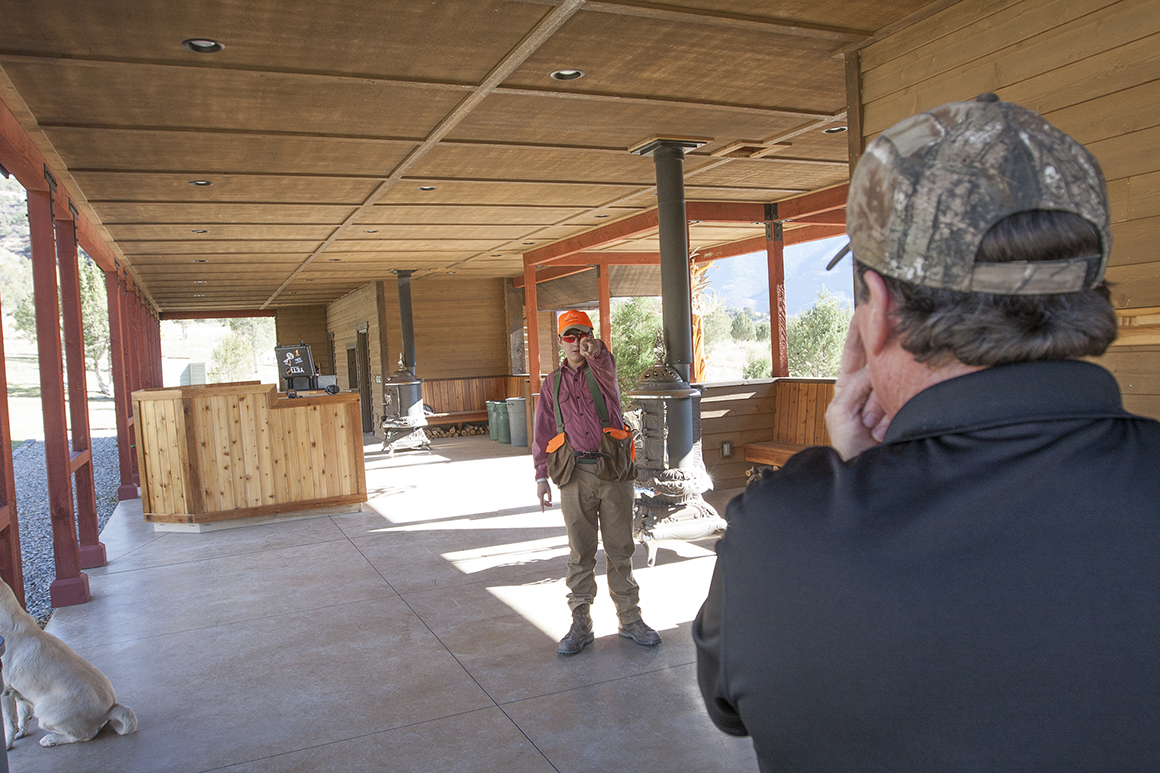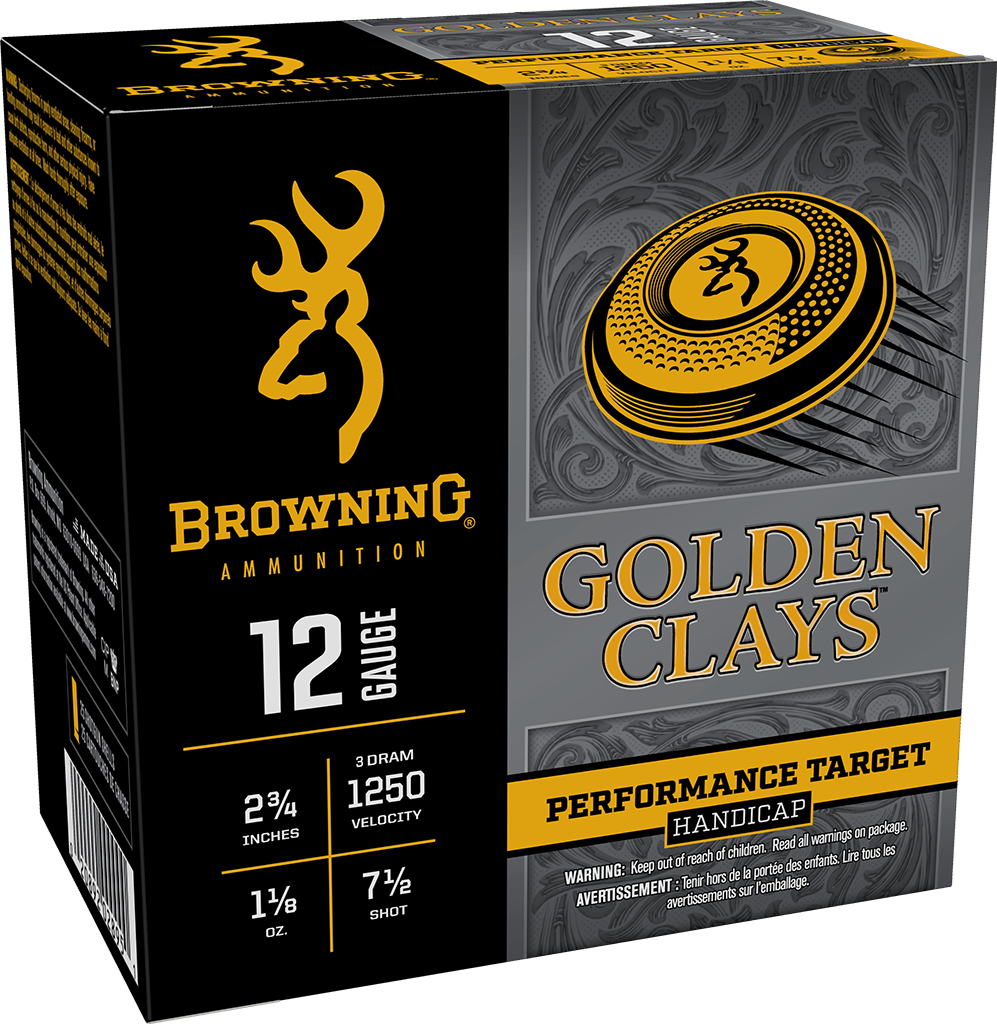Body of Shooting Knowledge, Part I
In cataloging our shooting and hunting equipment, we understandably focus on firearms, optics, and ammunition. Yet the most critical gear we possess is our own bodies and minds.

Think of a car. We can concentrate on the engine (which by the definition of a “machine that converts power into motion” is also what a firearm is as it is used to ignite powder and launch projectiles); but if we ignore the chassis, suspension, and steering (which correspond in our hunting and shooting to our postures, muscles, and concentration), we’re not going to go straight. Just as we can fine-tune our rifles and customize the fit of shotguns, have triggers worked on, and adjust the sights, we can tweak and drill ourselves to make sure this living, breathing element of our shooting is properly calibrated.

Where we begin is with vision. A quote from the Spanish philosopher José Ortega y Gasset, in his indispensable Meditations on Hunting, sums it up by saying, “It is not, then, walking and walking, climbing cliffs, going down into gullies and gorges, sneaking quietly, waiting patiently, or being a good shot that the hunter must essentially do, but rather–who would guess!–the least muscular of all operations: looking.” The eyes have it! Our sight is the most vital of everything in our physical tool kit for shooting. And there is no more important thing to know than which eye is doing our seeing for us.
The way in which our brains work favors one eye over the other. We all, or at least the overwhelming majority of us, have a dominant hand, mostly the right, but sometimes the left, and very rarely true ambidexterity. And we have a dominant eye, as well. As a rule our dominant eye is on the same side as our dominant hand. But some of us, from retraining or a simple difference in wiring, are cross-eyed dominant: We shoot right, but see left, or vice versa.

I was shooting for almost 20 years before I found out that while I mounted my guns on the right, my left eye was controlling my vision. It took a shotgun-shooting instructor to detect it. To check this yourself, the simplest test is, with both eyes open, point quickly at an object on the wall with the index finger of your dominant hand. Now, without moving your finger from the object, close first one eye, and then the other. Your dominant, or “master,” eye will be the one that stays on the target when it is the open one, while the other moves off it. May I reiterate: An experienced shooting instructor is invaluable for not only helping to determine your dominant eye, but also identifying any bad habits and course-correcting to make you an even more proficient shooter.
Another method, which may be more conclusive, is to form the “OK” sign with the fingers of your dominant hand, outstretch your arm, and with both eyes open encircle the object on the wall. Again, close and look at it with first one eye, then the other. If your master eye and hand align, you’re golden. If not?
It matters more with shotguns, that are pointed, than with rifles, that are aimed. To remedy a crossed eye, visit and outdoor shooting range and mount your gun (MAKE ABSOLUTELY CERTAIN THAT IT IS COMPLETELY UNLOADED, WITHOUT ANY CARTRIDGES IN THE CHAMBER OR MAGAZINE!) and look down the rib. Have a friend (WHO HAS ALSO CHECKED THAT THE GUN IS UNLOADED) look at your eyes, both opened, which will be behind the shooting glasses you will ALWAYS wear when handling your firearm, and apply a patch of frosted acetate (Scotch™) tape to the lens over the pupil of the cross-master eye, the one on the offside from where your cheek is welded to the comb.
Now you can shoot with, as you should, both eyes open. You will retain your peripheral vision on both sides, but dominance will pass to the eye that is not patched out–your brain believing only what it sees–meaning you will be mounting and pointing from the same side of your body, and not at cross purposes.
The “right” eye is only one of the hunting and shooting components that we carry in our own bodies. There are more things to consider, and to come in future blogs, when we consider our battery of flesh and blood equipment. Because even the finest ammunition, like that made by Browning for rifles, pistols, and shotguns, is only as good as the human carriage that can put it where it should go.
Follow Browning Ammunition’s social media channels for more hunting and shooting tips and updates on Browning Ammunition supported events and promotions on Facebook, You Tube, Instagram and Twitter.



